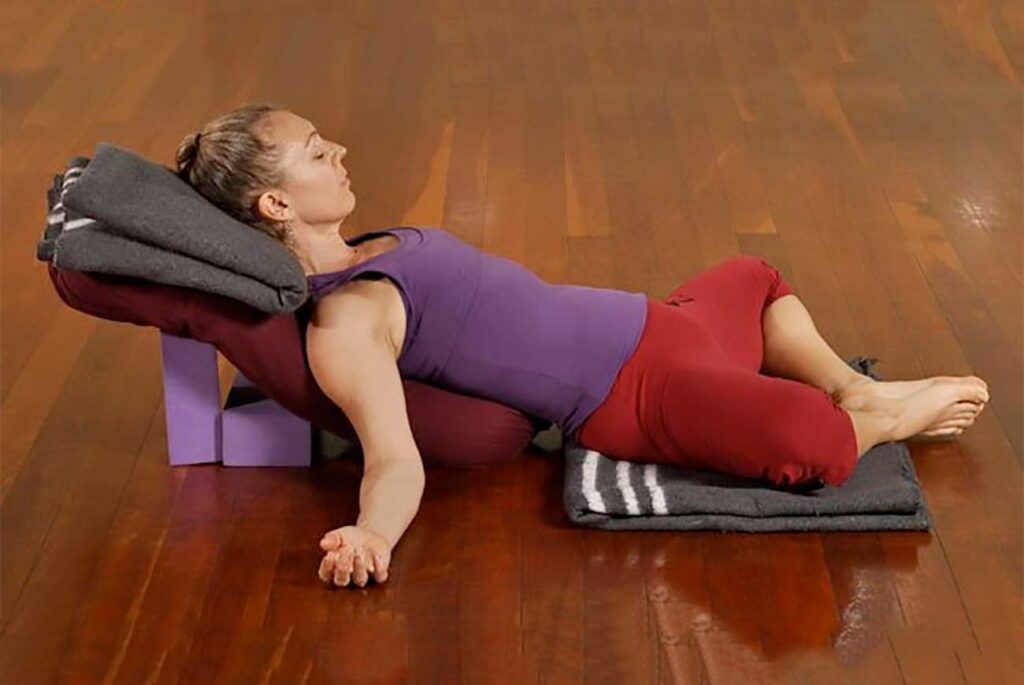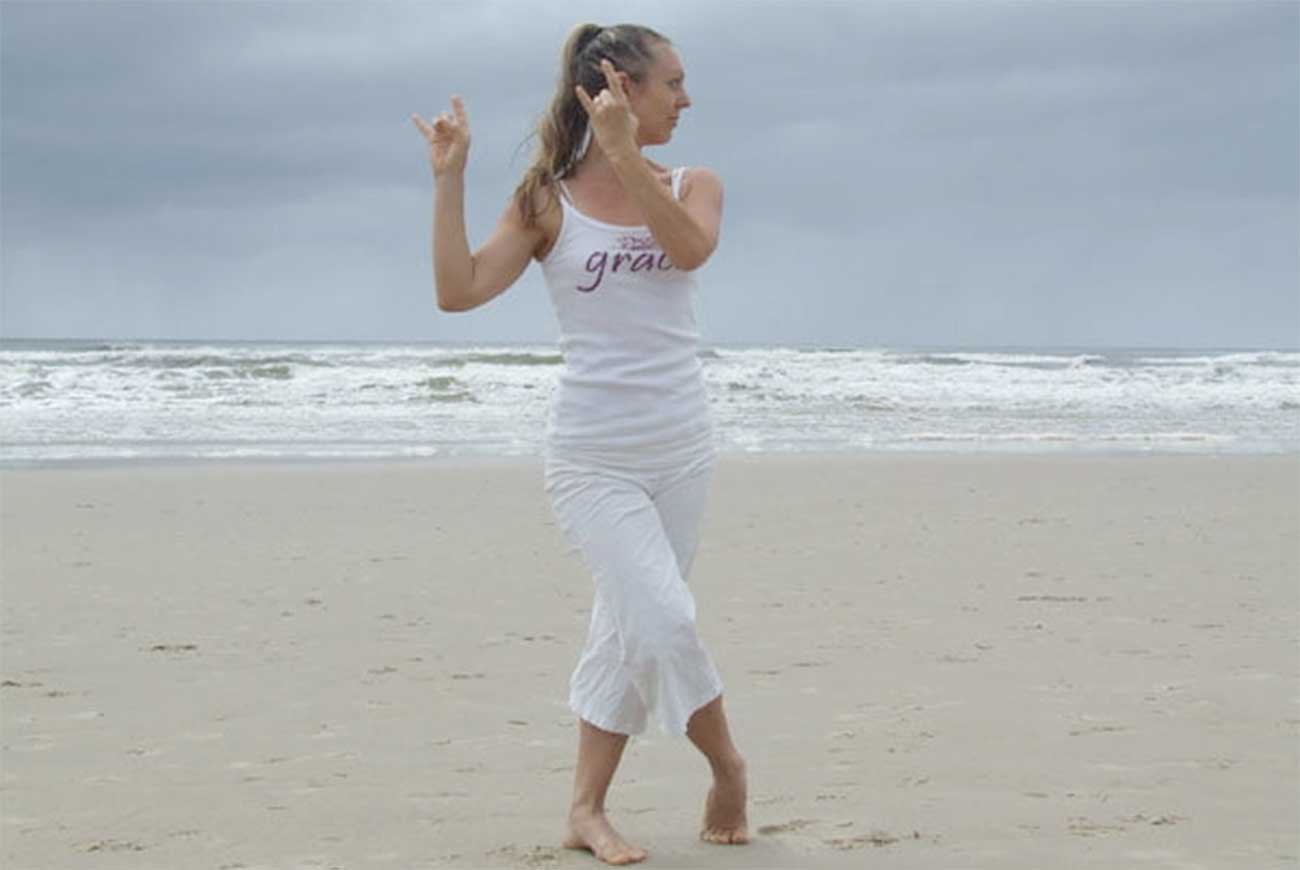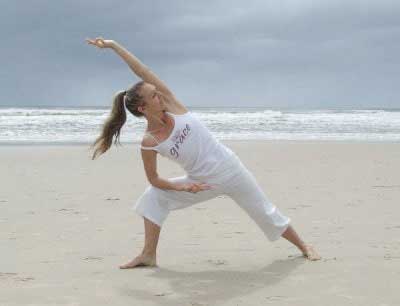“The ultimate purpose of yoga is the awakening of kundalini shakti, the evolutionary energy in man.”- Sw. Satyananda Saraswati, “Asana Pranayama Mudra Bandha”
One of the great Darshanas (or systems of thought) of the Vedas (ancient texts from India, that contain treatises on philosophy, astronomy, cosmology, astrology, healing, science, poetry, art and of course yoga) is Tantra. Tantra is a system of evolving individual consciousness from the mundane to the transcendental. In Tantra, everything in life is regarded with reverence, and has spiritual significance. It is a practice oriented system, which produces results of personal experience of different states of consciousness. One of the core beliefs of Tantra is that everything in the universe is created from the union of Shiva (a male personification of divinity, representing consciousness) and Shakti (a female personification of divinity, representing energy-our feminine energy). Shakti is very like the idea of mother earth, nature, or the divine mother in other religious and spiritual systems.
These two opposing forces are apparent on every level from gross to very subtle, until they finally unite. The union is yoga. The tantric texts are actually recorded as discussions between Shiva and Shakti.
Tantra’s main tools include mantras (words of power which resonate within the system creating higher states of balance and mental focus) and rituals such as Puja (offerings given to the divine) to honour nature and Divinity in everyday life.
- We can connect to the creative power of Shakti energy in our yoga practice in the following ways:
- Choosing postures that open the hips, giving a strong stimulus to our creative force
- Creating flowing, connected, dance-like movements, perhaps using mudras drawn from Indian dance, to give the physical part of the practice grace and fluidity.
- Using mantras such as ‘Om’, or any intuitive sound vibration using our voice, on the out breaths as we practice.
Making a simple but heart-felt offering (perhaps a flower, or a shell, or a piece of home-made cake!) on an alter of our own making to consciously honour and give thanks to the divine power within us and all around us.
Here are some ideas on using yoga to connect to your feminine energy but feel free to create your own!
Take the feet wide apart. Turn the left foot in and the right foot all the way to the right. Inhale, and as you exhale bend the right knee to a right angle if you can. Inhale and as you exhale lean the torso to the right, taking the right elbow onto the right thigh, and extending the left arm over past the ear. Stay in the pose for 5 long breaths.
Benefits:?
This pose opens the hips and creates a side stretch. It has a flowing, feminine energy.
2. Dancing Warrior Pose. (Virabhadrasana II variation)

Then on an out breath return the torso to upright, extending the arms out wide as you do so. Inhale and as you exhale take the left hand back to the left thigh. Extend the right arm over past the ear. Take the right hand into chin mudra (tip of index finger connects to tip of thumb) as shown. Stay in the pose for 5 long breaths.
Benefits:?
This pose also opens the hips and stretches the other side of the trunk to the previous pose.
3. Elephant Pose (Gudjasana)
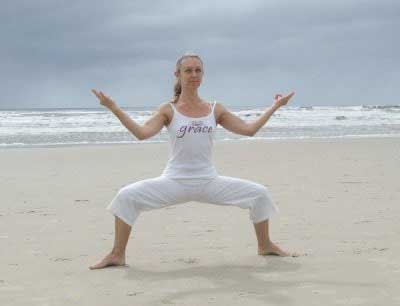
On an out breath return the torso to upright. Straighten the right knee. Keep the feet wide apart, but now have both feet pointed slightly outward. Inhale and as you exhale bend both knees to a right angle if you can, and take both hands into chin mudra as shown. Stay in the pose for 5 long breaths and then return to standing with feet wide apart. Repeat the sequence for the left side.
Benefits:?
This pose requires the hips to open strongly, connecting us to the lower chakras and the feminine, creative force.
4. Lord Krishna?s Pose. (Natavarasana)
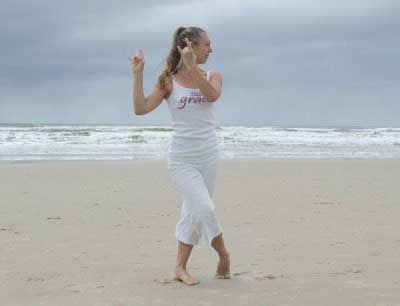
Stand with the feet hip width apart. Take the right toes to the outside edge of the left foot. Raise the arms and take both hands over to the right. Take the middle and ring finger tips to touch the thumb tips of both hands, with the little fingers and index fingers extended. Turn the left palm in and the right palm out as shown, as if playing a flute. Turn the head slightly to the left and focus on a point in the distance.
Imagine that you are standing in the heavens looking down upon all of creation like Lord Krishna playing his flute.
Benefits:?
This pose is a whole body mudra, which is a part of yoga but has its roots in Indian classical dance. It promotes the ability focus and steadies the nerves.
